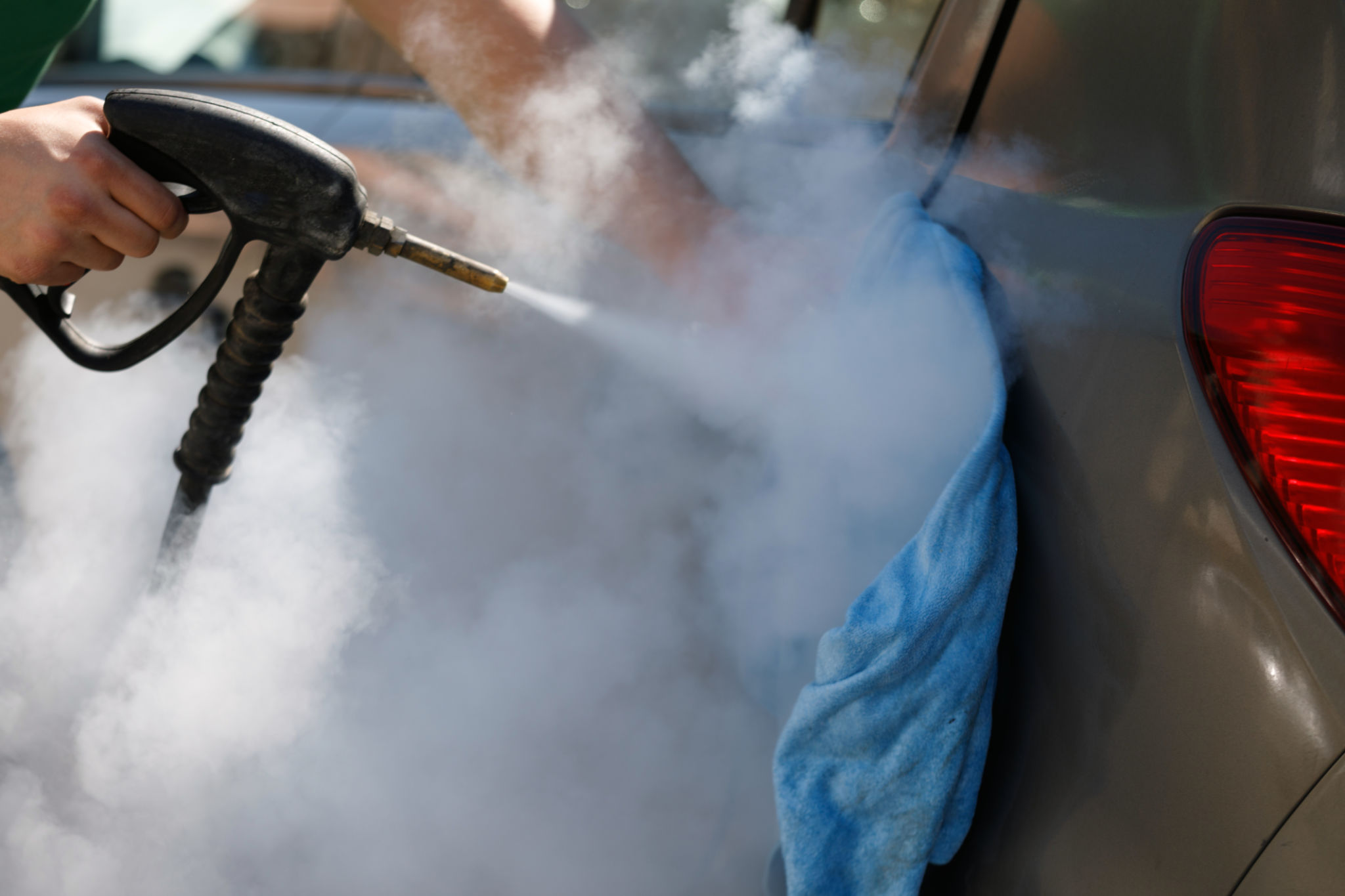Eco-Friendly Detailing vs. Traditional Methods: Which is Better for Your Car?
The Rise of Eco-Friendly Detailing
As environmental awareness continues to grow, many car owners are re-evaluating the products and techniques they use to maintain their vehicles. Eco-friendly detailing has emerged as a popular alternative to traditional methods, promising a cleaner car and a cleaner planet. But how do these green methods compare to conventional detailing techniques?
Eco-friendly detailing utilizes biodegradable products and water-saving techniques to minimize environmental impact. By using natural ingredients, these products reduce harmful runoff into water supplies and decrease air pollution caused by volatile organic compounds (VOCs) found in traditional detailing products.

Comparing Cleaning Techniques
Traditional car detailing often involves harsh chemicals and significant water usage. These methods can be effective in delivering a deep clean, but they come at an environmental cost. Typically, a standard car wash might use 30-50 gallons of water, contributing to water waste.
In contrast, eco-friendly detailing methods often employ waterless washes or steam cleaning. These techniques drastically reduce water usage. Steam cleaning, for example, can clean a vehicle with less than a gallon of water, making it a sustainable choice.

Product Ingredients and Environmental Impact
Traditional detailing products often contain synthetic chemicals that can be harmful to both the environment and the user. Ingredients such as phosphates and sulfates can lead to water pollution and are not biodegradable. Moreover, prolonged exposure to these chemicals may pose health risks.
Eco-friendly products, on the other hand, focus on using plant-based or naturally derived ingredients. These products are generally non-toxic, biodegradable, and free from harsh chemicals, making them safer for both the environment and the person applying them.

Performance and Effectiveness
One of the main concerns for car owners considering eco-friendly detailing is whether these products can match the performance of traditional methods. While traditional products are known for their powerful cleaning abilities, many eco-friendly options have been formulated to provide comparable results without the environmental drawbacks.
Advancements in green technology have led to the development of high-performance eco-friendly products that effectively remove dirt, grime, and even stubborn stains. Additionally, these products often include natural waxes and sealants that provide long-lasting protection and shine.
Cost Considerations
Cost is always an important factor when choosing between eco-friendly detailing and traditional methods. While eco-friendly products can sometimes be more expensive upfront, they often offer better value in the long run due to their concentrated formulas and reduced water usage.
Moreover, the environmental benefits and potential health savings from avoiding exposure to harsh chemicals may outweigh any initial cost differences. For many car enthusiasts, investing in eco-friendly detailing is seen as a commitment to sustainable living.
The Verdict: Which Is Better?
Ultimately, the choice between eco-friendly detailing and traditional methods depends on individual priorities. If you're committed to reducing your environmental footprint while maintaining your vehicle's appearance, eco-friendly detailing offers a compelling solution with minimal compromise on performance.
However, for those who prioritize cost-effectiveness or have specific detailing needs that may currently be better addressed by traditional products, sticking with conventional methods might still be the right choice. As technology advances, we can expect eco-friendly options to continue closing any performance gaps.
